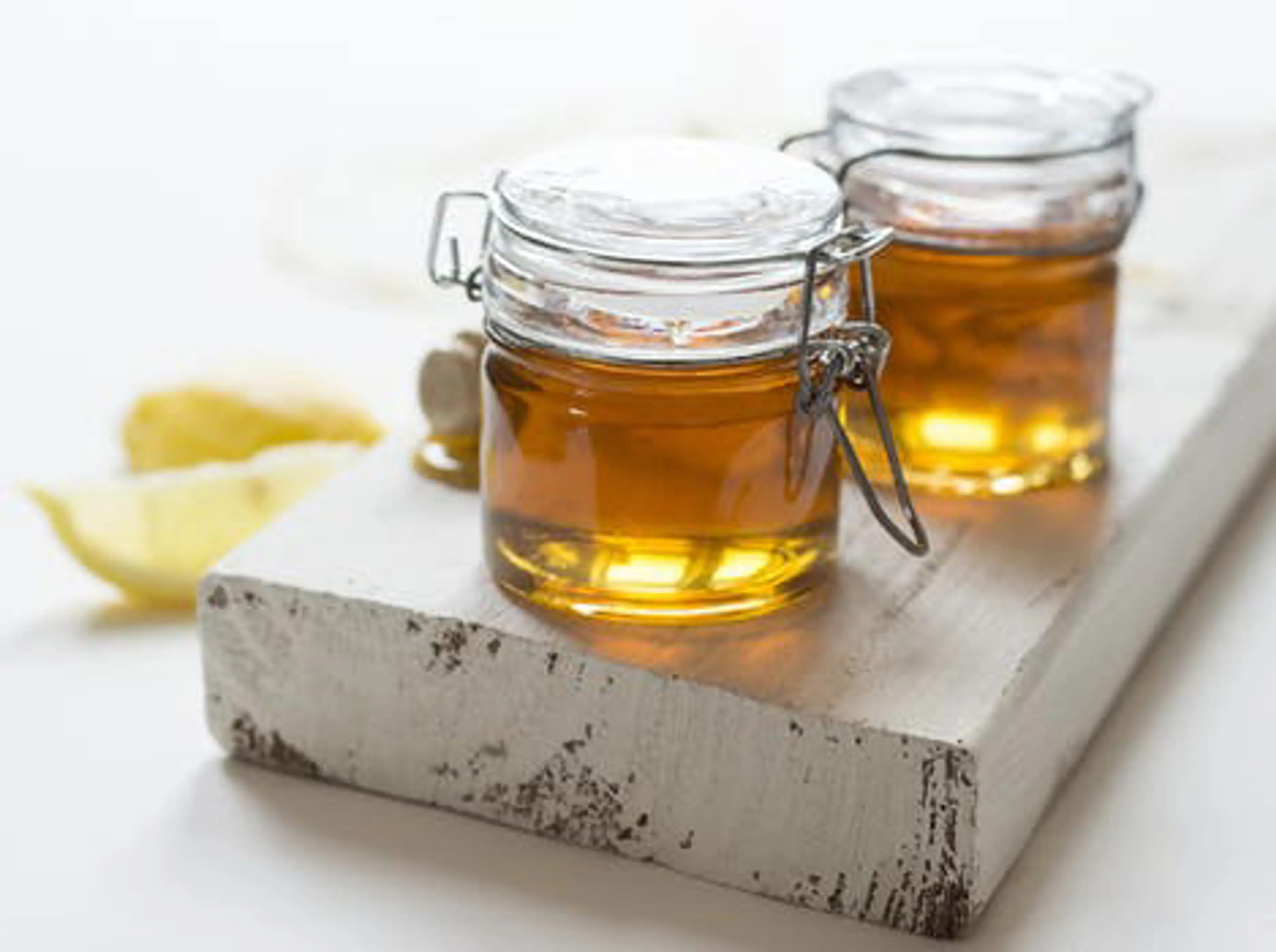1/06/2023·4 mins to read
MANUKA HONEY certification trade mark gets stung...again

A New Zealand certification trade mark application for MANUKA HONEY filed by The Manuka Honey Appellation Society Incorporated (NZ Manuka Honey Appellation Society) has been refused following an opposition by the Australian Manuka Honey Association Limited (Australian Manuka Honey Association).
This follows unsuccessful attempts by the NZ Manuka Honey Appellation Society to register the MANUKA HONEY certification mark in the United Kingdom and European Union.
In this FYI we discuss what you need to know about the case and its implications.
Key Takeaways
- The Assistant Commissioner of Trade Marks found in a recent decision that the NZ Manuka Honey Appellation Society’s certification trade mark application for MANUKA HONEY in New Zealand should be refused registration because the mark is descriptive and lacks distinctive character, and that use of the mark is likely to cause confusion and would be contrary to New Zealand law.
- The term mānuka honey therefore remains freely available to use in New Zealand, provided the use complies with relevant laws such as the Fair Trading Act 1986 and Australia New Zealand Food Standards Code.
- Overseas producers of mānuka honey wanting to sell their products in New Zealand will, though, still be subject to New Zealand’s strict honey importation restrictions.
Background
The mānuka plant (Leptospermum scoparium), also known as tea tree, is native to both New Zealand and Australia. Mānuka is culturally significant to New Zealand’s indigenous Māori and is considered taonga (a treasured thing). Honey made from the nectar of mānuka has become a highly valuable commodity due to its claimed anti-bacterial qualities.
The UMF Honey Association Incorporated (an organisation representing New Zealand beekeepers, processors and marketers dealing in New Zealand mānuka honey and which provides a certification system and quality mark for mānuka honey products) filed a series of certification trade mark applications for MANUKA HONEY in territories around the world, including New Zealand. A certification trade mark is a sign capable of distinguishing goods certified in respect of origin, material, mode of manufacture, quality or other characteristics of the goods. Examples of registered certification marks include CFA, REGISTERED VALUER and QUALMARK.
Notably, the draft regulations that accompanied the MANUKA HONEY certification mark applications required , amongst other things, that all such honey is produced in New Zealand.
The UMF Honey Association Incorporated later assigned the certification mark applications to the NZ Manuka Honey Appellation Society, whose membership comprises a majority of New Zealand’s mānuka honey producers.
The New Zealand certification mark application faced objections by the Intellectual Property Office of New Zealand (IPONZ) during examination. IPONZ took the view that MANUKA HONEY is descriptive and non-distinctive. The NZ Manuka Honey Appellation Society overcame IPONZ’s objections following a 2018 decision by Assistant Commissioner Glover. However, the NZ Manuka Honey Appellation Society’s application was then opposed by the Australian Manuka Honey Association.
Key findings from the Australian Manuka Honey Association opposition decision
The Australian Manuka Honey Association opposed the New Zealand application on several grounds. Assistant Commissioner Alley upheld the opposition, finding that the MANUKA HONEY certification mark application was not registrable for the reasons summarised below:
-
Descriptiveness and non-distinctiveness: Assistant Commissioner Alley held that MANUKA HONEY designates a characteristic of the goods, namely that it is honey produced from the nectar of the plant commonly known as mānuka. MANUKA HONEY was therefore found to be descriptive and lack distinctiveness.
-
No acquired distinctiveness: To attempt to overcome the above findings, the NZ Manuka Honey Appellation Society argued that MANUKA HONEY had acquired distinctiveness in New Zealand through use. However, the Assistant Commissioner was not persuaded, finding that the evidence did not establish that average New Zealand consumers would understand MANUKA HONEY to mean the honey must come from New Zealand. An important factor in the Assistant Commissioner’s assessment was that at least some New Zealand consumers would be aware that mānuka honey is also produced in Australia.
The Assistant Commissioner also considered various “other circumstances” in determining whether MANUKA HONEY had acquired distinctiveness, including the relevance of the restrictions for importing honey into New Zealand, the absence of a macron above the “A” in the MANUKA HONEY mark applied for, the role of the Māori Advisory Committee under the Trade Marks Act 2002, the taonga status of mānuka, the Treaty of Waitangi/Te Tiriti o Waitangi, the Waitangi Tribunal’s Wai 262 Report, and tikanga principles. Overall, the Assistant Commissioner found that none of these factors established acquired distinctiveness. The Assistant Commissioner held that, while tikanga principles are relevant, they do not override the requirement that a trade mark must be distinctive in order to be registered. -
Contrary to law: The Assistant Commissioner found that the draft regulations accompanying NZ Manuka Honey Appellation Society’s certification mark application for MANUKA HONEY were unsatisfactory, and therefore use of the certification mark would be contrary to the Trade Marks Act 2002. In particular, the draft regulations did not contain provisions that relate to when NZ Manuka Honey Appellation Society is to certify the goods and authorise use of the certification mark. Interestingly, the Assistant Commissioner took the view that the s 17(1)(b) “contrary to law” provision under the Act does entitle an opponent to rely on other provisions under the Act, other than trade mark infringement. This is an important decision on how s 17(1)(b) should be interpreted.
The Assistant Commissioner also found that it was not in the public interest to register the certification mark, but this was not a factor that deemed use of the mark contrary to law. -
Likely to confuse or deceive the public: Assistant Commissioner Alley found that use of the certification mark was likely to confuse consumers into believing that producers of the certified “MANUKA HONEY” have undergone some kind of active certifying assessment. In particular, the draft regulations that accompanied the MANUKA HONEY certification mark application did not require any positive act of certification (ie some kind of assessment) of the goods.
While Assistant Commissioner Alley’s decision in the opposition differs to Assistant Commissioner Glover’s 2018 examination decison, Assistant Commissioner Alley noted the different circumstances in the opposition case, including the breadth of the opposition and the different submissions and evidence.
Our comments
For the NZ Manuka Honey Appellation Society, this decision represents another blow following decisions in the United Kingdom and European Union that MANUKA HONEY is not registrable as a certification mark in those jurisdictions. NZ Manuka Honey Appellation Society’s MANUKA HONEY certification mark applications in Australia and the USA remain under examination.
For other businesses, a significant implication from this decision is that the term mānuka honey remains freely available to use in New Zealand, provided that the use complies with relevant laws such as the Fair Trading Act 1986 and the Australia New Zealand Food Standards Code. The Assistant Commissioner’s decision also provides helpful guidance on the relevance of the Treaty of Waitangi/Te Tiriti o Waitangi and tikanga principles to the registrability of trade marks in New Zealand.
Businesses wanting to import mānuka honey into New Zealand for sale will, though, still be restricted under New Zealand’s strict bio-security laws unless one of the available exceptions applies.[1] One such exception is for the importation of compliant products that use mānuka honey as an ingredient.
Interestingly, the MANUKA HONEY case follows another recent decision finding that GORGONZOLA is registrable as a certification trade mark in New Zealand. In that case, the applicant established that GORGONZOLA had acquired distinctiveness in New Zealand. The GORGONZOLA registration, along with the registration of other certification marks such as PARMA, BAVARIAN BEER, NAPA VALLEY and TEQUILA, shows that certification marks for goods associated with geographic regions can be registrable in the right circumstances. Meanwhile, New Zealand has also committed to expand its legislative regime to protect geographical indications from the European Union.[2]
If you would like to know more about trade mark applications or about how this decision may impact your business, please get in touch with one of our experts.
Special thanks to Minerva Peters for her assistance with this article.
[1] New Zealand’s Biosecurity Act 1993 requires that “risk goods” must comply with applicable import health standards in order to be imported into New Zealand. The implications of this for mānuka honey are discussed in Assistant Commissioner Alley’s decision.
[2] Under the New Zealand-European Union Free Trade Agreement New Zealand agreed to amend its existing geographic indications laws to allow for the protection of European Union geographic indications in New Zealand.


